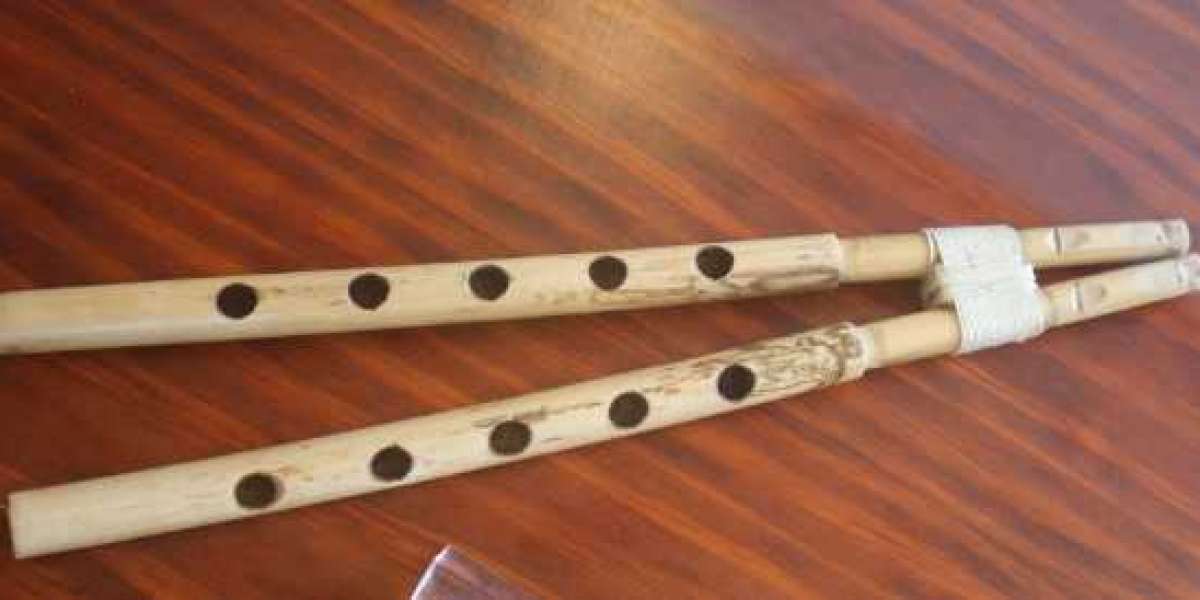Introduction:
Enter the captivating world of music and history with the Aulos, an ancient Greek double-reed instrument that has left an indelible mark on the cultural tapestry of antiquity. In this article, we will delve into the history, construction, playing techniques, and enduring influence of the Aulos, shedding light on the fascinating legacy of this remarkable musical instrument.
Historical Reverence:
The Aulos holds a place of historical reverence, dating back to ancient Greece. Believed to be one of the oldest instruments in the Western world, its presence in various artistic representations and literary works underscores its significance in Greek society. As we explore the Aulos, we unveil the layers of history woven into its very essence.
2. Dual Melodic Power:
What sets the Aulos apart is its distinctive double-reed design, enabling it to produce dual melodic lines simultaneously. This unique feature allowed ancient Greek musicians to create rich and complex harmonies, making the Aulos a central element in musical ensembles during religious ceremonies, theatrical performances, and communal celebrations.
3. Crafting the Aulos:
The craftsmanship behind the Aulos is a testament to ancient Greek ingenuity. Artisans carefully selected materials such as boxwood, ivory, or metal for the instrument's construction. The meticulous process of shaping the double-reeds and assembling the tubes required skill and precision, resulting in an instrument both beautiful in form and rich in tonal possibilities.
4. Playing Techniques and Expression:
Mastering the Aulos involved a nuanced understanding of playing techniques. Musicians employed circular breathing, precise embouchure control, and finger dexterity to convey a wide range of emotions and moods. The Aulos became a versatile tool for expressing the complexities of human experience in ancient Greek music and drama.
5. Symbolism in Greek Culture:
The Aulos transcended its role as a musical instrument and held symbolic significance in Greek culture. It became associated with Dionysian rituals, theatrical performances, and even military processions. The dual nature of the Aulos, with its two pipes, was often seen as a representation of the balance and harmony sought after in Greek philosophy and art.
6. Evolution and Enduring Legacy:
While the Aulos saw changes in its design and popularity over time, its legacy endured. As we trace its evolution through the Hellenistic and Roman periods, we find echoes of the Aulos in various forms across different cultures. Its influence persisted, leaving an indelible mark on the development of Western musical traditions.
7. Revival and Contemporary Exploration:
In modern times, there has been a revival of interest in the Aulos. Musicians and scholars explore its historical roots, seeking to recreate and understand the sounds that once echoed through ancient Greek theaters and temples. Contemporary interpretations and reconstructions of the Aulos contribute to a deeper appreciation of its role in shaping the musical landscape of antiquity.
Conclusion:
The Aulos, with its rich historical legacy, craftsmanship, and symbolic resonance in ancient Greek culture, stands as a testament to the enduring power of music across time. As we explore the intricacies of this double-reed instrument, we uncover not only its musical prowess but also its cultural significance, inviting us to appreciate the harmonies that once resonated through the ancient world.







